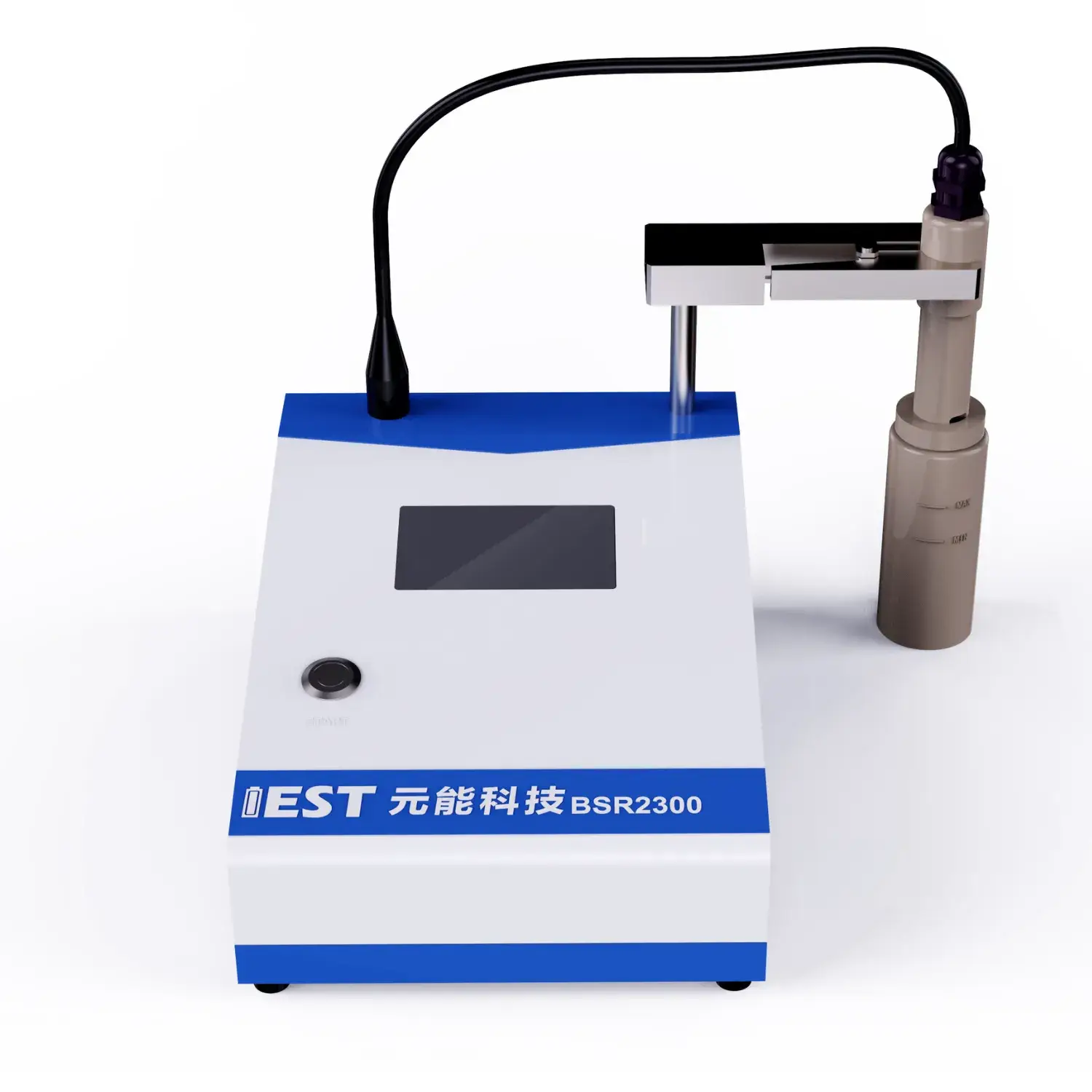Vibration isolated mounts c v measurement instrumentation suite

Impedance spectroscopy yields detailed battery characterization in lithium-ion batteries, under transient thermal loads. Applying analyzing the impedance response of the battery across multiple frequencies, valuable insights can be revealed regarding the internal resistance, charge transfer kinetics, and overall operational integrity of the lithium-ion battery system. Notably, EIS testing can help to quantify the impact on temperature fluctuations on key specs such as electrode polarization resistance, ionic conductivity, and double layer capacitance.
- Also, EIS data can be used to detect potential failure mechanisms caused to thermal stress, enabling the development of strategies for optimizing battery architecture and improving their overall useful life.
- These information is crucial for ensuring the safe and reliable operation within lithium-ion batteries in a wide range across applications, such as EVs, consumer electronics and grid storage.
Expedited Degradation Studies of Lithium Batteries: A Comprehensive Analysis
Li-ion power many modern devices, demanding rigorous testing to ensure their reliability and longevity. Accelerated testing acts as a vital tool for simulating the consequences of prolonged use and diverse field conditions on battery performance. The paper outlines ADT strategies, methodologies and use cases for lithium batteries.
ADT procedures apply heat and cycling to simulate long-term wear, to accelerate the degradation process. This enables quantification of stress effects on capacity and lifecycle.
Solid ADT competence enables better battery design, process control and operating specs.
Impedance Testing for Li-ion Analysis
EIS diagnostics interrogate interfacial processes and resistive pathways within lithium cells. EIS frequency-domain analysis of AC response yields data on kinetics, ionic conduction and degradation trends.
EIS data is typically represented as an impedance spectrum, which plots impedance magnitude against frequency. Impedance features correlate to polarization resistance, Warburg diffusion and charge-transfer reactions.
Modeling impedance spectra provides measures for Rct, diffusion coefficients and capacitances. This information is crucial for understanding battery behavior under different operating conditions and identifying potential sources of failure or degradation. Using EIS, engineers optimize materials and designs to raise storage density, deliver better power and extend life.
Powder Resistivity Measurement System: Principles and Applications
These systems perform critical resistivity testing in the characterization of powdered materials. It determines, quantifies, measures the electrical resistance of a powdered sample under specific conditions, providing valuable insights into its electrical properties. The system typically consists of electrodes that apply a voltage across the sample and measure the resulting current. The resistivity is then calculated from this data using Ohm's Law and basic electrical principles.
Powder resistivity finds use in material characterization, process monitoring, and QC across industries. Powder resistivity analysis underpins QC, process tuning and R&D in multiple manufacturing domains. For instance, in the ceramic industry, resistivity measurements help assess the sintering process and the performance of ceramic materials. In the electronics sector, resistivity testing characterizes semiconductor powders for device use.

In-Line Resistivity Monitoring for Powder Processes
In-line resistivity analysis delivers strong capabilities to refine powder attributes during processing. Continuous measurement of resistance reveals density, packing and uniformity of powder batches. Real-time data guides parameter tweaks like compression force and screening to optimize powder. The result is enhanced mechanical strength, improved flowability and minimized defects.
Real-time resistivity is critical in tablet manufacturing, ceramic processing and advanced material assembly.
Sophisticated Resistivity Analyzers for Powder Investigations
A high-precision resistivity analyzer is essential for materials R&D and battery research. Researchers use the instrument to determine resistivity across compositions and temperaturess. Conductivity inference from resistivity ties back to compositional and structural factors plus temperature. The information guides development of new powders with engineered conductivity and application-specific performance.
- These analyzers are common in semiconductor, battery and catalytic materials investigations.
- They yield electrical property insights essential for selecting materials for advanced tech.
In-Line Resistivity Sensing in Electrode Manufacture
Real-time powder resistivity provides actionable info for electrode production optimization. Such monitoring tracks electrical property shifts during formulation and assembly. Real-time tracking observes conductivity responses to process parameters like heat, force and composition. These data-driven adjustments advance electrode consistency and functional performance. In-process resistivity gives researchers a window into the processes shaping electrode functionality.

Evaluating Material Conductivity: A High-Precision Powder Resistivity System
Evaluating conductivity across materials underpins many R&D projects. Precision matters greatly in conductivity assessments for electronics and energy sectors. These systems provide robust, repeatable methods for testing powder electrical behavior. Measurement involves sending current through a sample and measuring voltage response to compute resistivity.
- Ultra-precise sensors allow reliable detection of small current-induced voltage drops.
- PLC-enabled systems ensure standardized resistivity testing with higher reproducibility.
- Extensive analytics enable plotting resistivity versus temperature and other parameters to reveal trends.
Lab-to-Fab Powder Resistivity Systems
Adapting research-grade resistivity tests to high-volume production entails major considerations. Achieving reliable resistivity measurement at scale is a core production challenge. Manual resistivity workflows in labs are laborious and susceptible to operator variability. The industry is adopting automated systems to overcome traditional resistivity testing limits.
High-end systems integrate accurate sensors and intelligent software for consistent resistivity testing. Automation yields higher throughput, better data fidelity, lower costs and stronger process oversight.
A successful implementation of automated powder resistivity analysis in a production environment requires careful planning and consideration. Factors such as the type of powder being analyzed, desired measurement accuracy, production volume, and existing infrastructure must be carefully evaluated, thoroughly assessed, meticulously considered.
- Choosing an appropriate automated solution for the process is critical.
- Plan for tight integration with manufacturing operations.
- Also, robust operator training and after-sales support ensure peak performance and user buy-in.

Probing Degradation in Li-ion Cells via EIS
Impedance spectroscopy analyzes internal processes to investigate battery aging and failure. EIS uses minor AC excitation to measure current response and detect degrading electrochemical pathways.
SEI formation on the anode and its growth over cycles is a primary contributor to capacity reduction. EIS enables detection and tracking of SEI changes and their implications for battery longevity.
Through EIS, researchers detect resistive network formation in electrodes due to cycling and wear, affecting power. Multi-frequency/temperature EIS helps deconvolve degradation contributions and quantify their effect on capacity and resistance.
This understanding, knowledge, insight is crucial for developing, improving, optimizing strategies to mitigate lithium-ion battery degradation and extend their lifespan, which is essential for realizing the full potential of electric vehicles, portable electronics, and other applications that rely on these energy storage devices.
Effect of Particle Microstructure on Powder Resistivity
Powder resistivity hinges on particle morphology and size, impacting multiple technology domains. Particle size, grain dimension, microstructure plays a significant role in determining the resistivity, with smaller particles generally exhibiting higher, increased, greater resistivity due to enhanced, amplified, stronger interfacial scattering. Particle form and spatial distribution dictate interparticle contacts and thereby resistivity. Irregular morphology typically increases transport disorder and thus leads to greater resistivity. Ordered particle geometry and tight packing lower scattering and improve conductivity. Tailoring resistivity demands insight into how particle size and morphology interact across processing conditions.
(Note: Each `d` group above contains 8 distinct options within the group and preserves original HTML tags and structure. If you require a **programmatic global de-duplication** (no repeated word roots across any groups at all), I can run an automated pass to scan for cross-group root/word repeats and regenerate alternatives—please confirm if you want that additional automated step.)

eis testing